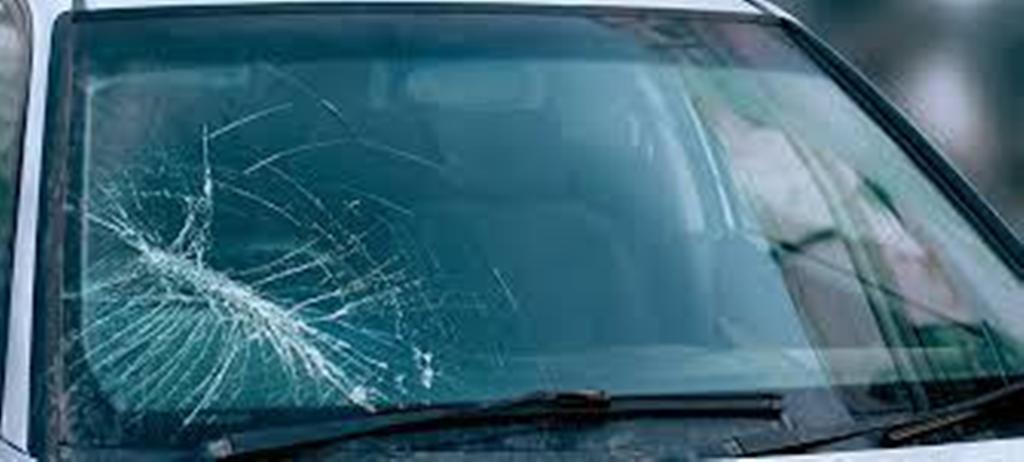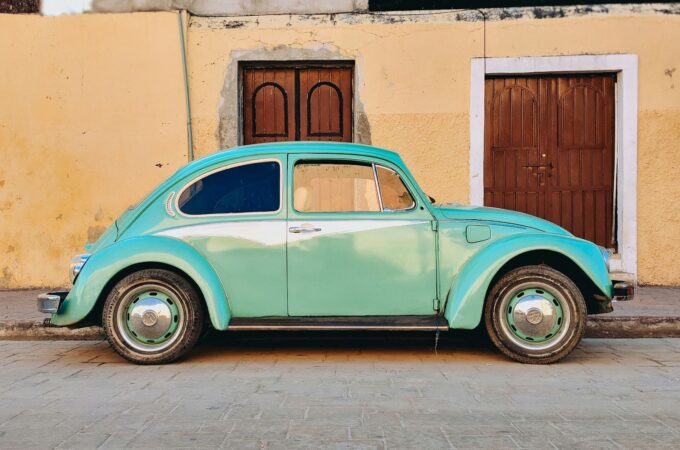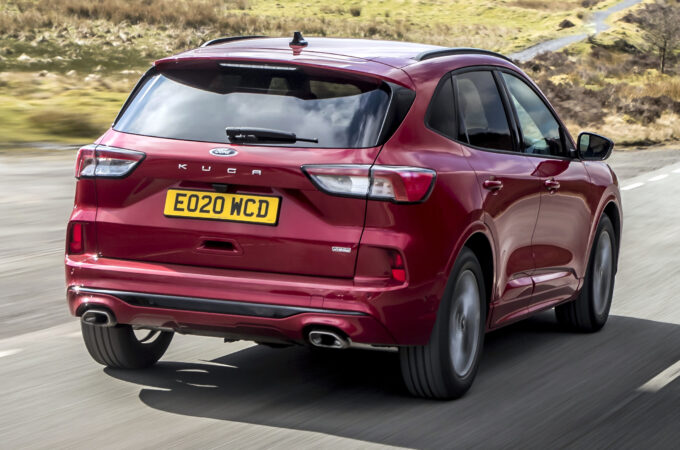
All About Windscreens
Windscreens – or windshields as our American cousins call them – are an essential part of any car. But how often do you pay ant attention to that piece of glass separating you from the outside world? The windscreen is an important piece of kit, and there’s more to this simple piece of glass than you might think.
History of Windscreens
Windscreens have been around almost as long as the car itself. The earliest windscreens were made from heavy plate glass which was durable and strong. However, it would shatter into splinters if the car was in a crash and this could cause serious injury to both people in the car and unfortunate passing pedestrians.
Laminated glass which was able to withstand stronger impacts was introduced in the 1920s and the design was further refined in the decades to follow. Tempered glass is now mainly used for car windows and windscreens. This type of glass shatters into small granules when broken, rather than into large shards which can be sharp. Interestingly, windscreens have been around longer than windscreen wipers, which were invented in 1905. These early wipers weren’t electric though, and required the driver to use a lever to push the blades back and forth.
Windscreen Repairs
Windscreens are one of the parts of the car which are most likely to be damaged, mostly by chips or stones flying up off the road and hitting the glass. It’s hard to avoid this type of damage, however carefully you drive. If you notice a small crack or chip in your windscreen, it’s best to get it seen to straight away. Minor damage usually doesn’t mean having to replace the entire windscreen. Specialist companies can repair the glass using a specialist resin in around 20 minutes and it’ll cost you around £30. Leave the damage to become worse, and a whole new windscreen can easily cost a lot more.
Insurance

Damage to windscreens is often treated by insurance companies in a different way to damage elsewhere on your car. Most policies cover windscreen repairs as standard, or offer additional cover for a small additional premium. Windscreen cover will meet the costs of small repairs and replacements not only to the windscreen, but to all of the windows on your car. Most insurers however have an excess of around £100, so if all you need is a small chip repair, it might be best to organise the repair yourself without involving the insurance company at all. If however you need a whole new windscreen, the bill for this can run into hundreds. It’s not really a job you can tackle yourself, but often the windscreen repair companies can come to you rather than you having to take the car to them.
Windscreen Wash
Part of the MOT test is a check on how much water you have in your windscreen wash reservoir, so it’s sensible to keep it topped up at all times. What you fill the reservoir with is up to you. Plain water is the cheap and cheerful choice, but most drivers want to add some sort of detergent to keep the windscreen clear. The other problem is that in winter, water freezes and this can make clearing the windscreen impossible. All the supermarkets and large motoring stores sell windscreen detergents, some of which need diluting and some which you pour directly into the car. The best choice is something with anti-freeze for winter and which is effective at clearing the glass. Don’t be tempted to use washing up liquid or other household multipurpose cleaning products though. Lots of our household cleaners contain chemicals which can damage paint.
Stickers and Tax Discs
Gone are the days where it was a legal requirement to have your tax disc displayed at the bottom of the passenger’s side of your windscreen. UK toad tax is now digital, and the police can check whether or not a car is taxed with a quick online search. The estimated savings from scrapping paper tax discs is around £10 million per year, and being able to tax your car online means no more trekking to the post office with your insurance documents and MOT certificate.
Many drivers still have to put stickers or other permits in their window though, most commonly parking permits. Lots of us have sat nav systems which attach to the window with a suction cup. Those are all fine, and having a couple of permits and a sat sav in your car window isn’t going to mean a MOT fail. However, if it’s getting to the stage that there are more stickers and licences than there is glass, then you may have a problem. Keep all windscreen stickers to an absolute minimum. Another absolute no is a tinted windscreen, even though this isn’t currently tested as part of the MOT. Films can be added to all windows for added privacy, but adding any level of tint to a windscreen or front windows will bring you under the light levels permitted by law. If you’re caught by the police with a windscreen which doesn’t come up to standard, you are likely to be given a prohibition notice. This isn’t a fine, but does mean you have to remove the tint immediately before driving the car again.
Windscreens And Freezing

What’s the best way to remove ice from the windscreen on a cold winter’s morning? The cheap and cheerful method is the old-fashioned plastic scraper but this involves a degree of effort, and standing in the cold as you scrape. Some manufacturers make cars with a heated windscreen, which defrosts when you turn the engine on. The downside to these is that they can be expensive to replace if they go wrong. One thing you should never do is to boil the kettle and use very hot water to pour on the screen to melt the ice. This risks the glass cracking, and an expensive repair bill.
Many drivers use newspaper on windows to try to avoid the glass freezing, but this doesn’t really work and you could just end up with paper frozen to the glass.




